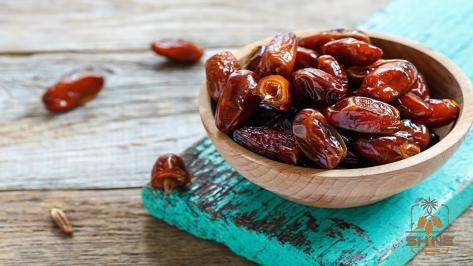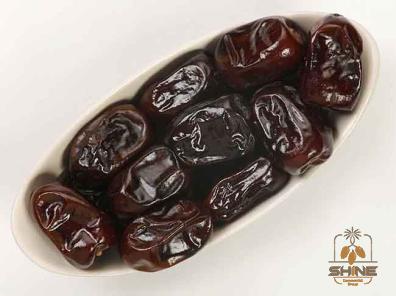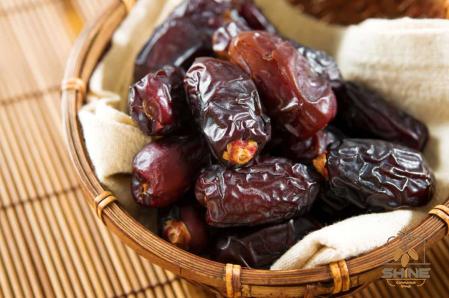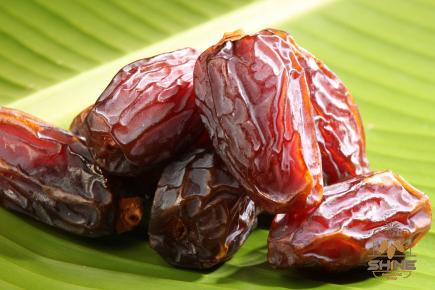The nutrition content of different by-products of date is approximately the same as each other. Date sugar and stevia or date syrup are both used as natural sweeteners.
Because it’s easier to consume fewer calories overall when using stevia, which has fewer calories than sugar, it might be helpful for weight management. This sugar substitute is advantageous for those on low-calorie or low-carb diets because it has neither calories nor carbohydrates.
Stevia can be used in place of sugar to lower food’s Glycemic Index (GI). This implies that the foods will have less effect on the blood sugar level.
Because it doesn’t contain any ingredients that raise blood sugar levels like table sugar does, which has a GI of 65, and stevia has a GI of 0.
The fastest blood sugar increase is brought on by table sugar, which has the highest GI of 100.
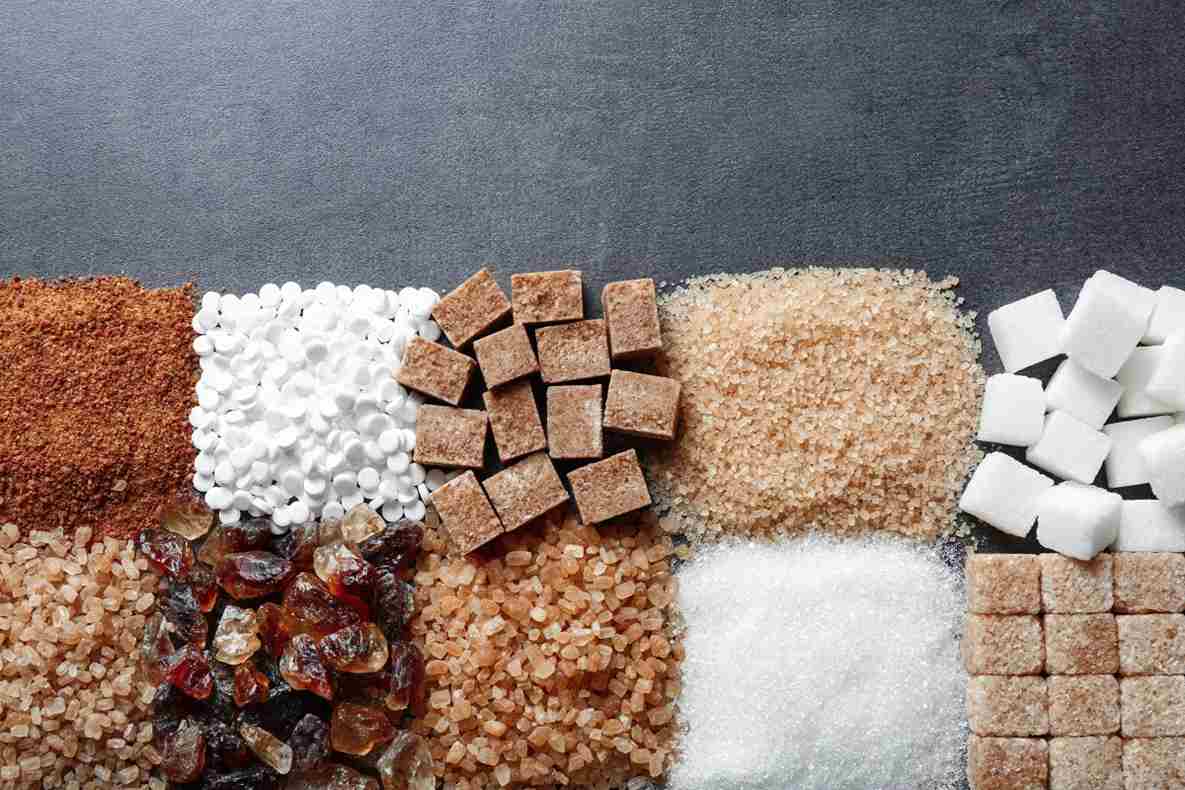
Sucrose (table sugar), high-fructose corn syrup (HFCS), and other forms of sugar have all been linked to inflammation, obesity, and the emergence of chronic diseases like type 2 diabetes and heart disease Decrease your intake of added sugar as a result, which is normally recommended.
The Dietary Guidelines for Americans state that a person’s daily intake of added sugars shouldn’t exceed 10% of all the calories they consume.
To attain optimum health and better blood sugar regulation, this amount should be reduced even further. The best line of action may be to substitute stevia for sugar, which has been linked to numerous negative health impacts.
What the long-term implications of regularly consuming stevia will be, however, is still a mystery. When possible, it is ideal to just choose natural sources of sweetness, like fruits, and use less total sugar and sugar substitutes.
It is best to use less sugar overall and fewer sugar substitutes, even though using a small amount of this zero-calorie sweetener may be a healthy way to reduce sugar intake.
Stevia is rapidly being used as a sugar substitute in both domestic and industrial food manufacturing. The fact that stevia has a bad aftertaste is one of its biggest disadvantages, though.
To assist address this, food experts are actively developing novel stevia extraction and processing techniques.
Foods containing sugar caramelize, as a result, turn a golden brown color. Sugar also gives baked goods their structure and weight.
The final product might not look or feel exactly the same as it would if sugar had been used if all the sugar in baked goods was replaced with stevia.
Stevia is a reliable alternative to sugar in a range of foods and beverages despite these downsides; nonetheless, a mix of sugar and stevia is often the tastiest and most fulfilling choice.
When baking with stevia, it is advised to use a sugar substitute made from stevia that has a 1:1 ratio.
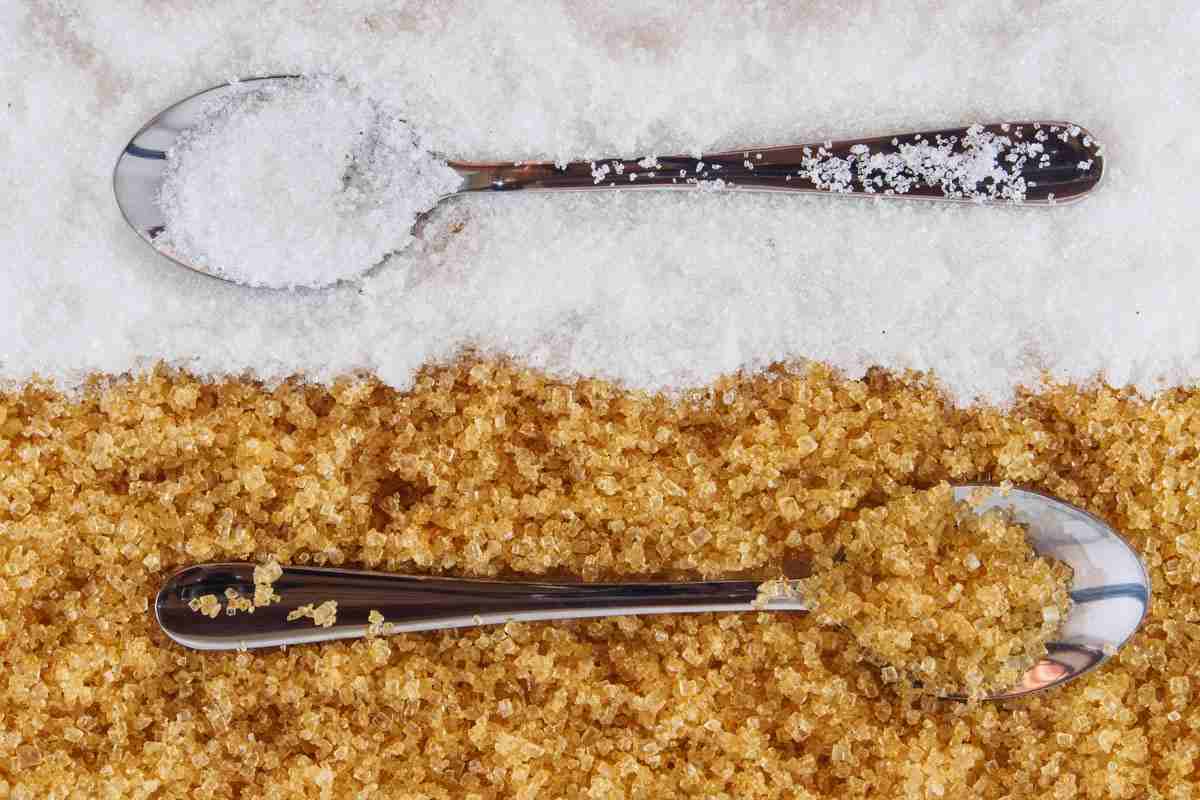
The quantities of the other ingredients must be adjusted if you employ a form that is more concentrated, like a liquid extract, to make up for the loss of mass.
Stevia is becoming more popular as a sugar substitute because it is made from plants and contains no calories. Many people think it tastes better than artificial sweeteners like aspartame and sucralose because it is made from a plant and not in a lab.
It’s a favorite among those who struggle to control their blood sugar or who have diabetes because it doesn’t create a fast rise in blood sugar and contains very few, if any, carbohydrates. Despite this, it can still have a few drawbacks.
In this article, stevia is examined, along with its benefits and drawbacks as a potential sugar alternative. Stevia is a leaf extract from the Stevia rebaudiana plant that is used as a sugar substitute.
People have profited from the naturally sweet flavor of these leaves as well as their reputation as an efficient herbal remedy for treating hyperglycemia for ages.
The sweet flavor of stevia comes from molecules called stevia glycosides, which are 250–300 times sweeter than regular sugar.
To create stevia sweeteners, the glycosides must be harvested from the stevia plant’s leaves. Dry leaves that have been soaked in water are the basis of the procedure, which then proceeds as follows. The liquid is filtered to get rid of any last bits of leaves.
The liquid is given an activated carbon treatment to get rid of even more organic waste. Ion exchange is the procedure that the liquid goes through to remove the minerals and metals. Following this procedure, the remaining glycosides are distilled into a resin.
What’s left is a stevia leaf extract that has been compressed, dried, and prepared to be converted into sweets. The extract is typically sold as a single-use package or as a liquid with a high concentration.
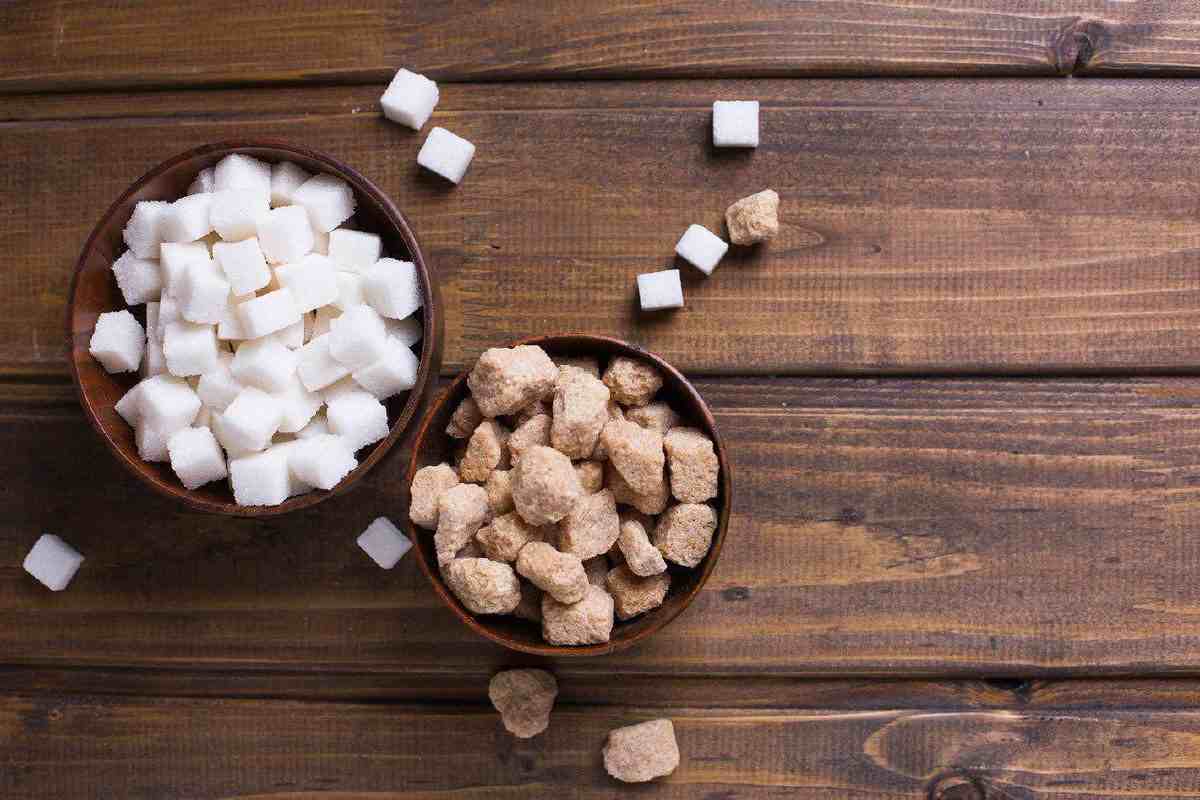
Only a very tiny amount of the extract is needed to get the desired sweetness in either food or beverages.
There are various sugar substitutes made from stevia. These products contain fillers such as malt dextrin, yet despite not having any of the calories or carbs that sugar does, they have the same sweetening power and volume.
In baking and cooking, they can be used in place of the standard ingredients, one for one.
Remember that a lot of stevia products also contain natural flavorings, fillers, sugar alcohols, and other kinds of sweeteners. One of the components is stevia. If you want to avoid these ingredients, check for products that solely list 100% stevia extract.
The stevia plant yields the sweetener known as stevia. Nearly all of the calories and carbs in stevia are absent. It is substantially sweeter than sugar, so even small amounts of it added to your diet will not significantly increase the amount of calories or carbs you consume.
Although the stevia plant’s leaves are packed with vitamins and minerals, most of these nutrients are lost when the plant is turned into a sweetener.
Additionally, because some of these stevia products contain other ingredients, the amount of nutrients that are present in different stevia products can differ. Despite being a relatively new sweetener, stevia has a variety of health advantages that have been linked to it.
It may be simpler for you to maintain or reach your goal weight if you use it in place of traditional sugar, which contains about 45 calories per tablespoon (12 grams).
It has been demonstrated that stevia makes people feel full while consuming less.
In research with 31 individuals, those who ate a snack with 290 calories and stevia ingested the same amount of food at their next meal as those who ate a snack with 500 calories and sugar.
Additionally, they reported feeling equally full, which suggests that the stevia group consumed fewer calories overall while feeling equally satisfied.
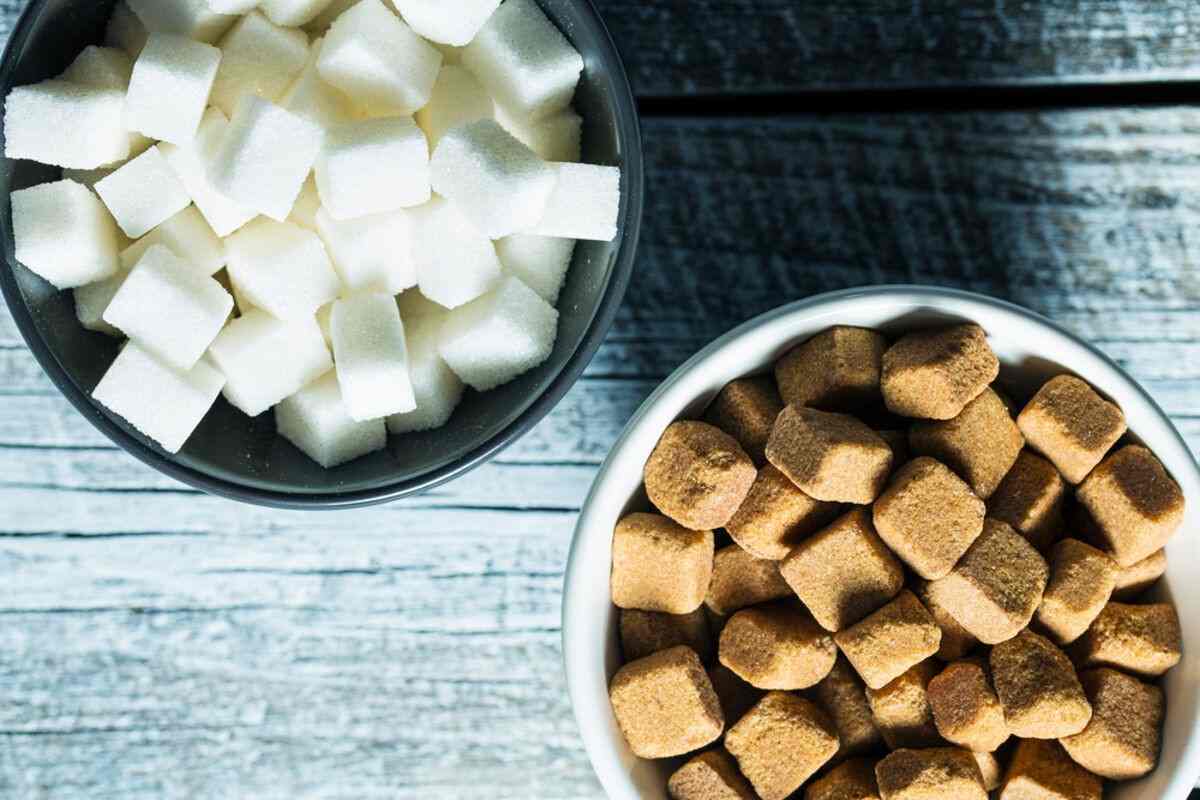
Additionally, a study on mice found that giving them stevia glycoside rebaudioside A caused levels of many hormones that suppress hunger to rise.
It’s likely that the sweetener will help you manage your blood sugar as well. In a 12-adult trial, those who consumed a coconut dessert made with 50% stevia and 50% sugar saw 16% lower blood sugar levels after eating than those who consumed the identical dessert made with 100% sugar.
Several health advantages of the plant-based sweetener stevia have been demonstrated. Stevia has been shown to increase insulin sensitivity.
Insulin is a hormone that lowers blood sugar by allowing it to enter cells where it may be used as energy. These discoveries are the result of animal studies.
In some animal studies, stevia usage has also been linked to lower triglyceride and greater HDL (good) cholesterol levels, both of which are linked to a lower risk of developing cardiovascular disease. Utilizing stevia might have some benefits, but it might also have some drawbacks.
It may seem more natural than other zero-calorie sweeteners because it is made from plants, but it is actually an extremely refined substance.
Stevia blends frequently contain fillers like malt dextrin, which has been linked to a disruption in the usual balance of good intestinal microbes.
Consuming stevia might also be bad for the bacteria in your digestive system.
One of the most prevalent stevia glycosides present in stevia sweeteners, rebaudioside A, was demonstrated in a test tube study to restrict the growth of a healthy strain of gut flora by 83 percent.
Stevia is also considered an intense sweetener because its sweetness level is much higher than that of sugar.
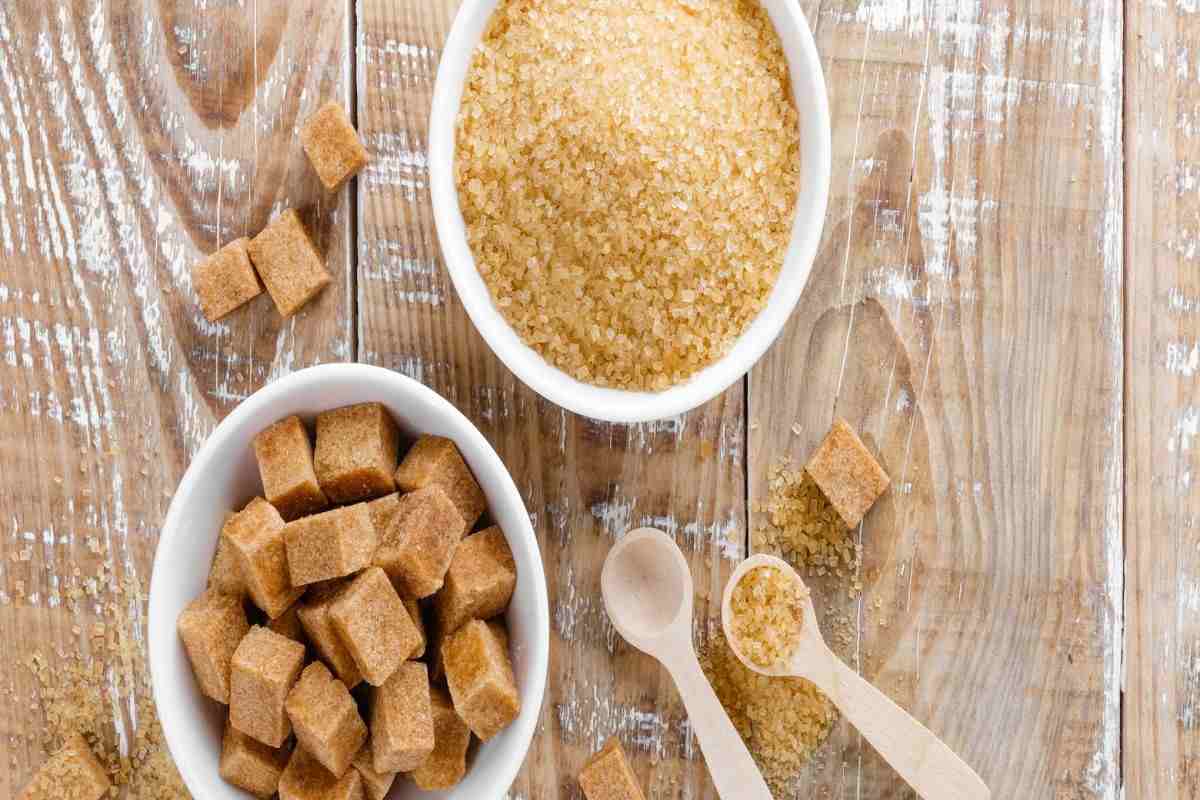
Extremely sweetening drugs may boost people’s craving for sweet foods, according to certain research Furthermore, multiple observational studies have demonstrated that there is no link between the use of zero-calorie sweeteners and lower risks of type 2 diabetes, better body composition, or lower calorie intake.
Additionally, even though stevia and other sugar-free sweeteners do not increase blood sugar levels, when they are ingested, the sweetness of these sweeteners may still cause the body to release insulin.
Remember that because stevia sweeteners have just recently become commercially available, research on the long-term health effects of stevia sweeteners is limited.
